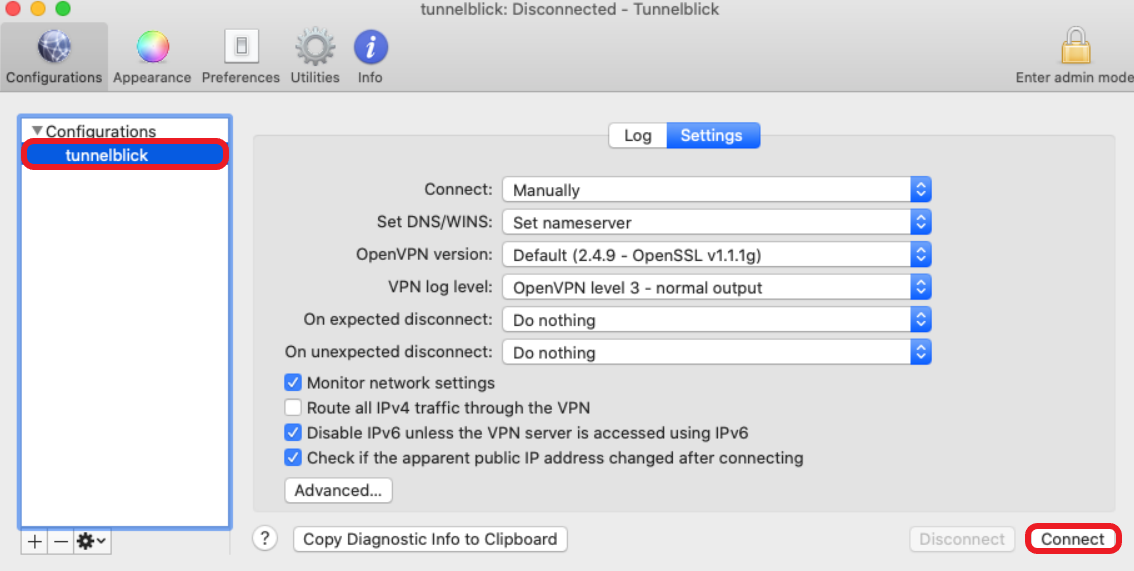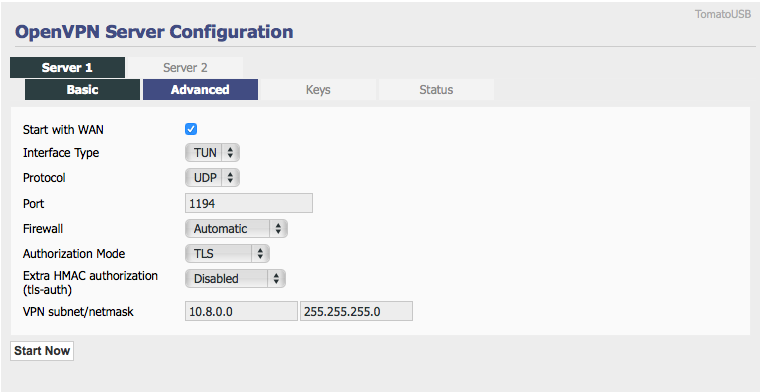
If you do run into problems, then a forum on the PiVPN github page is active, although not all questions receive answers.

The beauty of PiVPN, however, is that it makes setting up a Raspberry Pi as an OpenVPN server about as easy as it gets. Official support for PiVPN is minimal, although a link is provided to a (slightly outdated) third-party setup guide and some instructional videos. Running your own VPN server has definite advantages, but if you want privacy, then a good no logs VPN will probably serve you better. Websites will still see your real IP address because it’s the IP address used by your PiVPN. It's also a great way to protect your data and browsing habits when using public WiFi.ĭespite this, the PiVPN is operating from your IP address, so any activity performed when using the VPN can be easily traced back to you. Your PiVPN will be 100% under your own control and it will prevent your Internet provider from seeing what you get up to online, all with the bonus of not paying any monthly subscription costs. But this depends on how you look at the problem. It is often (wrongly in our view) stated that running your own VPN server is more private than trusting a third-party VPN service to do it for you. Fortunately, it is possible to add DNSCrypt to your PiVPN. You can select a secure DNS provider (or perform your own DNS lookup), but by default, DNS requests are not encrypted. One thing to consider, though, is DNS encryption. If you want to learn more about this subject, then please check out our Ultimate Guide to VPN Encryption. If you prefer or need to maintain compatibility with pre-OpenVPN 2.4 clients, then you can opt to use RSA instead of ECDSA. As a point of reference, ECDSA-256 is considered just as secure as RSA-384. ECHD also provides perfect forward secrecy.ĮCDH uses the ECDSA signature algorithm and is user-selectable from 256-bits to 512-bits. But out-of-the-box, your PiVPN will use the following OpenVPN settings:ĭata channel: an AES-256-CBC cipher with HMAC SHA256 authentication.Ĭontrol channel: an AES-256- ETR cipher with ECDH handshake encryption and HMAC SHA256 authentication. Technical securityĪll the open-source scripts used to set up a PiVPN are highly configurable. PiVPN is really just a collection of community-developed scripts for deploying open-source software.
Raspberry pi openvpn tunnelblick how to#
Under such a setup, you install and control the PiVPN via, although you will temporarily need to connect a screen and keyboard in order to enable SSH.Ĭheck out our how to SSH into a rapberry Pi Guide to find out more information. It is “strongly recommend” to use Raspbian Lite (“Buster” at the time of writing) so that the Pi can act as a headless VPN server without the need to attach a screen, keyboard, and mouse. We used an old Pi 2 model B, but given its low price point, we recommend buying the latest model of Raspberry Pi for best OpenVPN performance. PiVPN should run well any on Raspberry Pi.

These are the minimum requirements, but you can add more if you choose. It has been designed specifically to run on a low-cost Raspberry Pi, although it should (in theory) work on most Debian setups.Ī base Raspberry Pi costs $35 USD, to which you will also need to add an SD card to install the OS onto, and either a WiFi dongle or ethernet cable to provide an internet connection.
Raspberry pi openvpn tunnelblick software#
PiVPN is a free and open-source software suite that sets up a VPN server using OpenVPN server software.


 0 kommentar(er)
0 kommentar(er)
